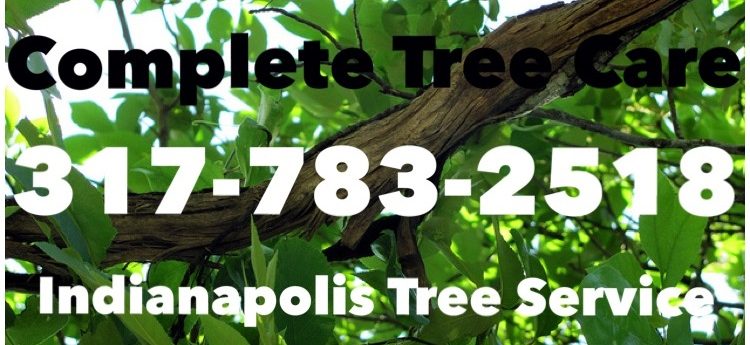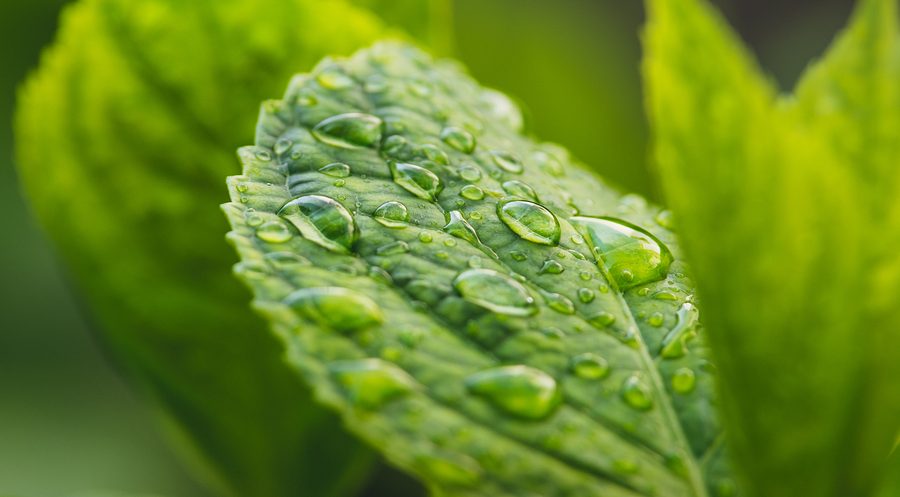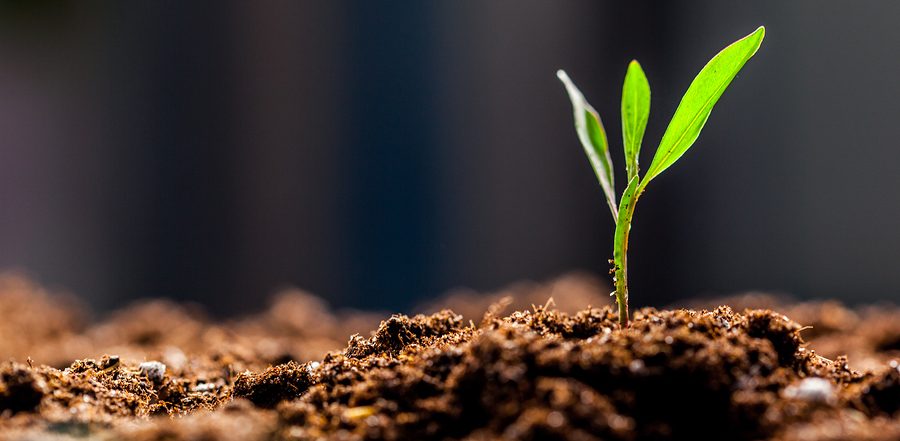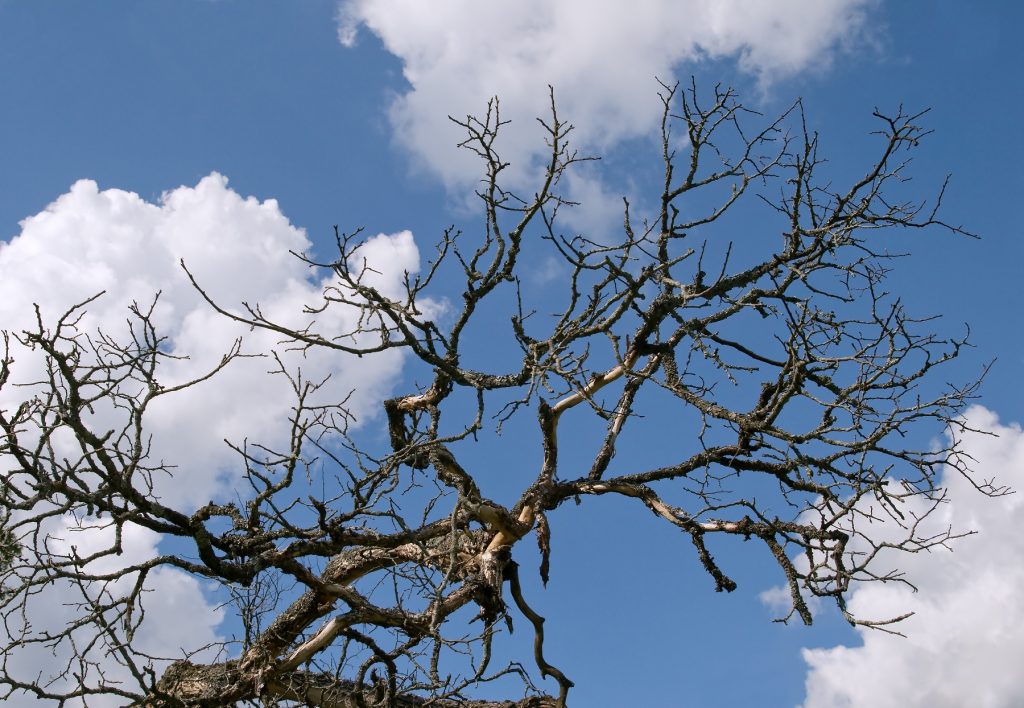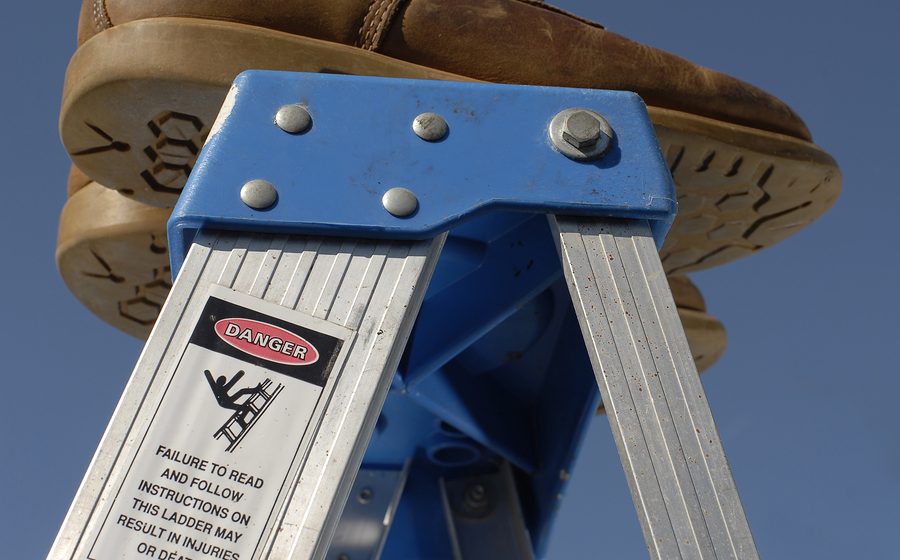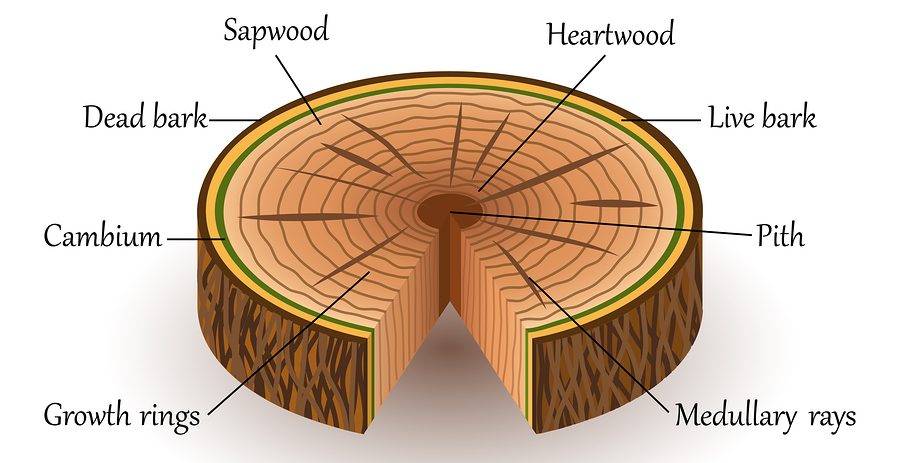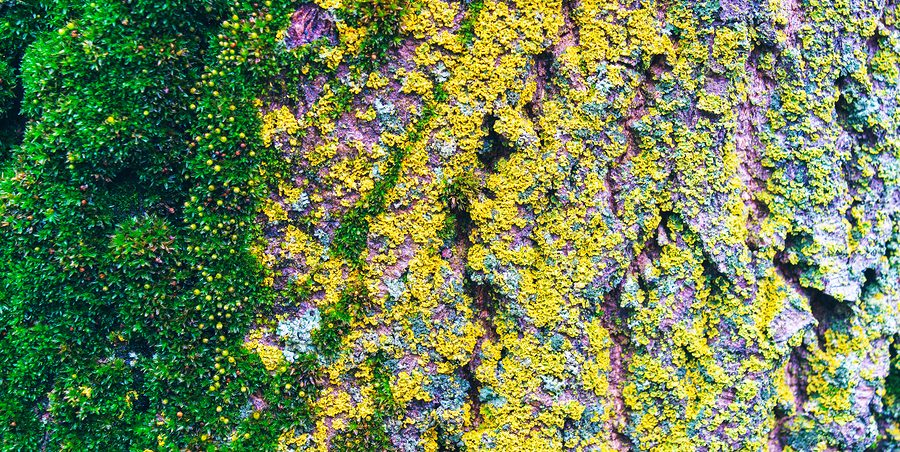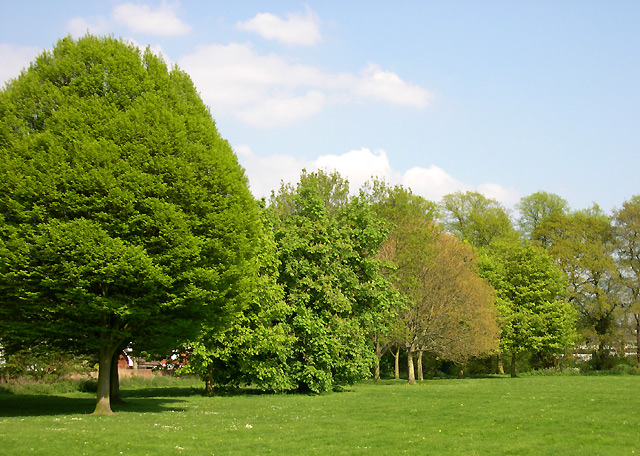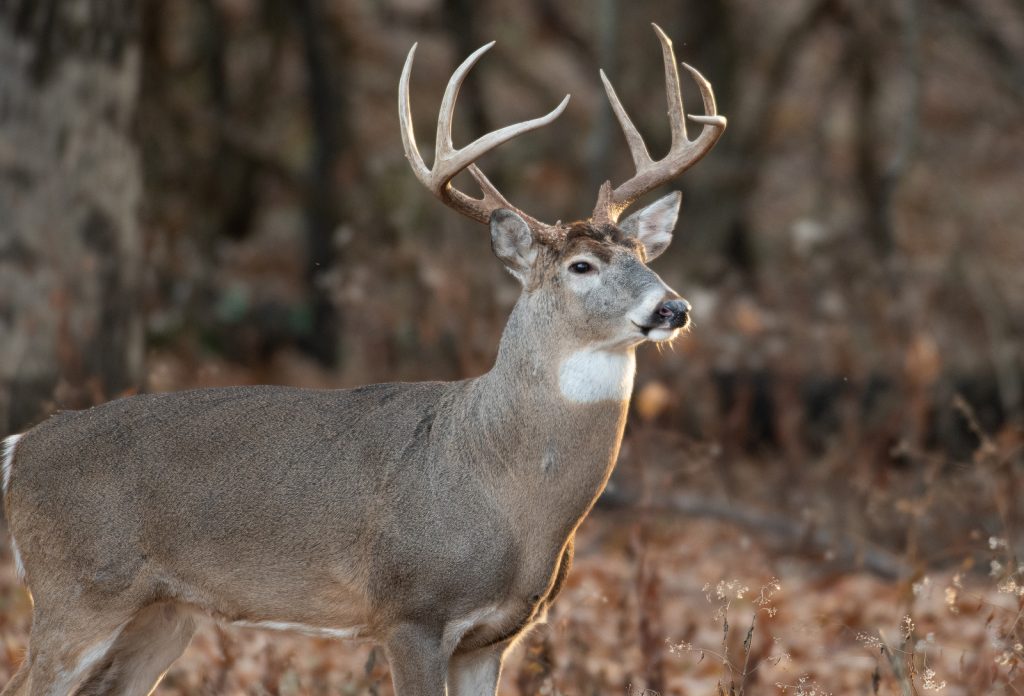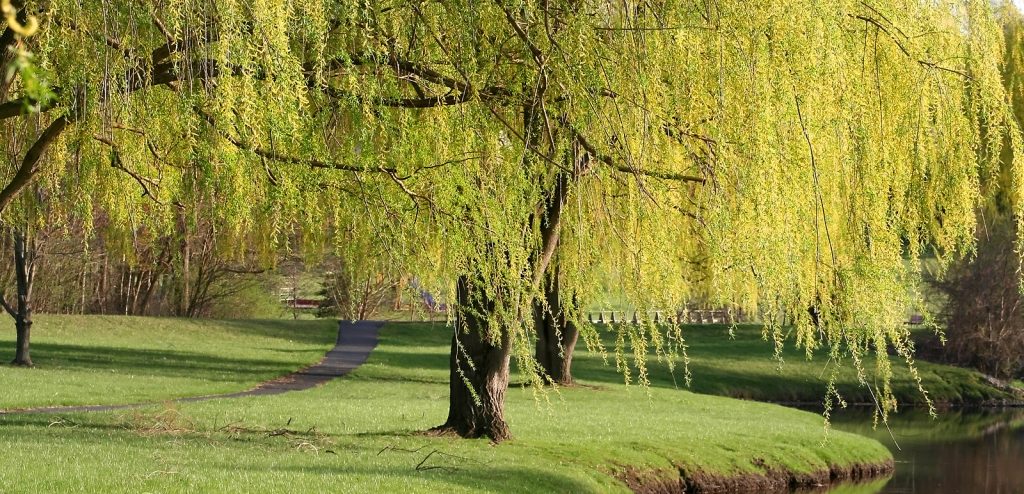What was once thought to be the oldest known fossilized trees in the world are now second in line! A new discovery recently made in a New York quarry certainly sets a new global record. Continue reading to learn more about this astonishing and portending discovery, including just how old these fascinating ancient fossils are!
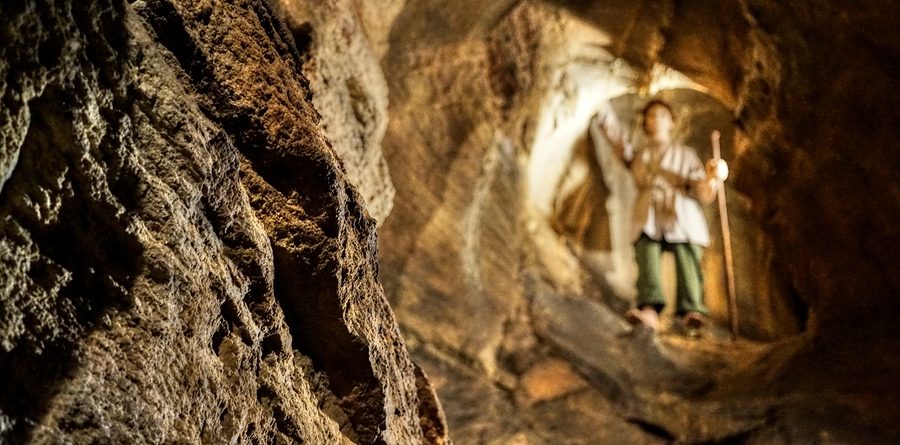
New York Was Once a Large Ancient Forest
Scientists think they’ve stumbled upon an ancient forest so immense that at one point during the Devonian era, it expanded far past Pennsylvania, and well into the foothills of the Catskill Mountains. Over 3,000 square meters of the forest have been mapped since 2010, and scientists have determined that two types of ancient tree species were native to these regions: Cladoxylopsids and Archaeopteris.
A few months ago, in an abandoned New York quarry, remnants of ancient trees were discovered. What’s so mind-blowing about this discovery is that these fossilized trees date back more than 386 million years! According to Paleobotanist Chris Berry of Cardiff University, “This is the oldest place where you can wander around and map out where fossil trees were standing back in the middle part of the Devonian era.” “It’s a very ancient forest from the beginnings of the time where the planet was turning green and forests were becoming a normal part of the Earth’s system.”
So why is this discovery so monumental and significant? Well, these ancient tree fossils can help scientists better understand the evolution of trees, including more information on their process of removing carbon dioxide from our planet’s atmosphere. Read the original article from Fox News and view pictures of the fossils, here. To learn more, visit the journal Current Biology to view the entire publication in detail.
Need Tree Service in Indianapolis?
Call Complete Tree Care at 317-783-2518 for Indianapolis tree service at an affordable price. We are highly trained and experienced tree care technicians that offer commercial and residential tree services at affordable prices. Request an estimate or advice anytime. Call 317-783-2518 to learn more about tree care in Indianapolis, today.
